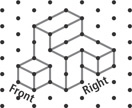Selected Answers
Chapter 1
Get Ready! p. 1
1. 9 2. 16 3. 121 4. 37 5. 78.5 6. 13 7. 1 8.
Lesson 1-1 pp. 4–10
Got It? 1. E, C
2a. Answers may vary. Sample:
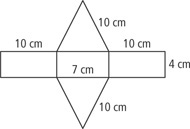
b. Yes; answers may vary. Sample:
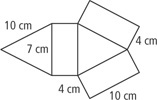
3.

Lesson Check
1. Answers may vary. Sample:
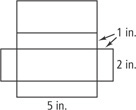
2.

3.

4a. net b. orthographic c. isometric d. none 5. Answers may vary. Sample: In an isometric drawing, you see three sides of a figure from one corner view. In an orthographic drawing, you see three separate views of the figure. In both drawings, you see the same three sides of the figure (top, front, and right). Also, both drawings represent a three-dimensional object in two dimensions.
Exercises 7. A
9. Answers may vary. Sample:
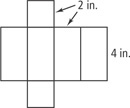
11. Answers may vary. Sample:
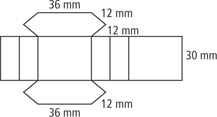
13.
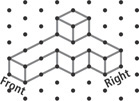
17.

21a. Answers may vary. Sample:

Table of Contents
- 6-1 The Polygon Angle-Sum Theorems
- 6-2 Properties of Parallelograms
- 6-3 Proving That a Quadrilateral Is a Parallelogram
- 6-4 Properties of Rhombuses, Rectangles, and Squares
- 6-5 Conditions for Rhombuses, Rectangles, and Squares
- 6-6 Trapezoids and Kites
- 6-7 Polygons in the Coordinate Plane
- 6-8 and 6-9 Coordinate Geometry and Coordinate Proofs






